Domestic cats are beloved companions to many, and their striking appearances often intrigue pet owners and feline enthusiasts alike. Among the various characteristics that make cats visually appealing is their coat color. Cats come in a wide variety of shades and patterns, but certain hues are exceptionally rare. This article delves into some of the rarest coat colors found in domestic cats, offering insights into genetic influences and distribution.
Understanding Cat Coat Genetics
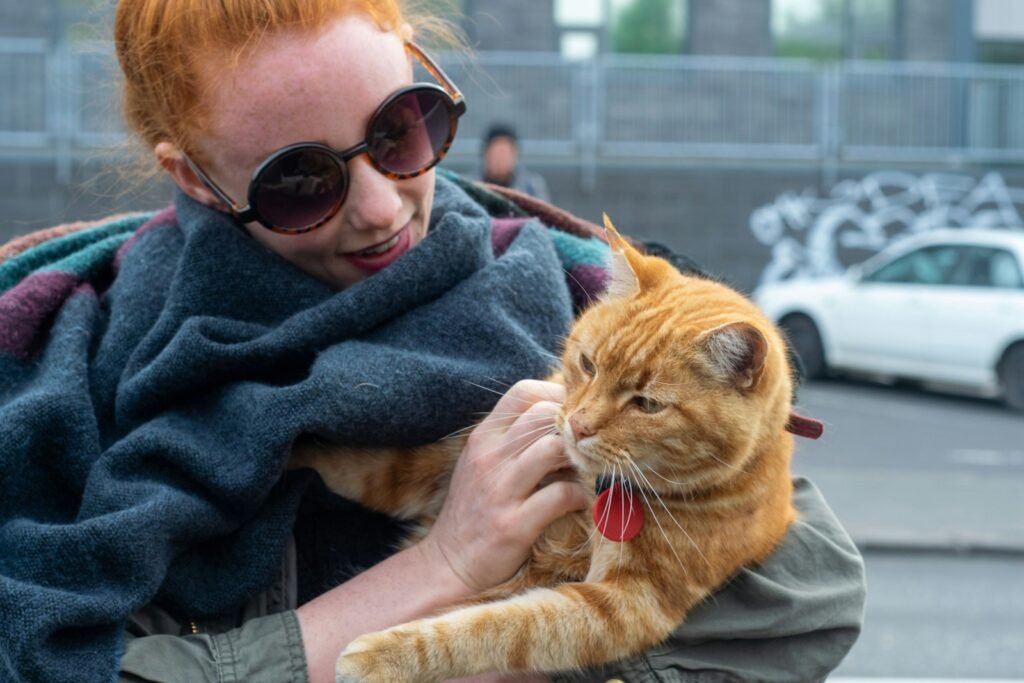
Cat coat colors arise from specific genetic coding, with two primary pigments responsible for the wide array of colors. Eumelanin produces black and brown hues, while pheomelanin generates red and cream shades. The distribution and intensity of these pigments are influenced by various genes, resulting in the diverse color palette seen in cats.
The Influence of Melanin on Coat Color
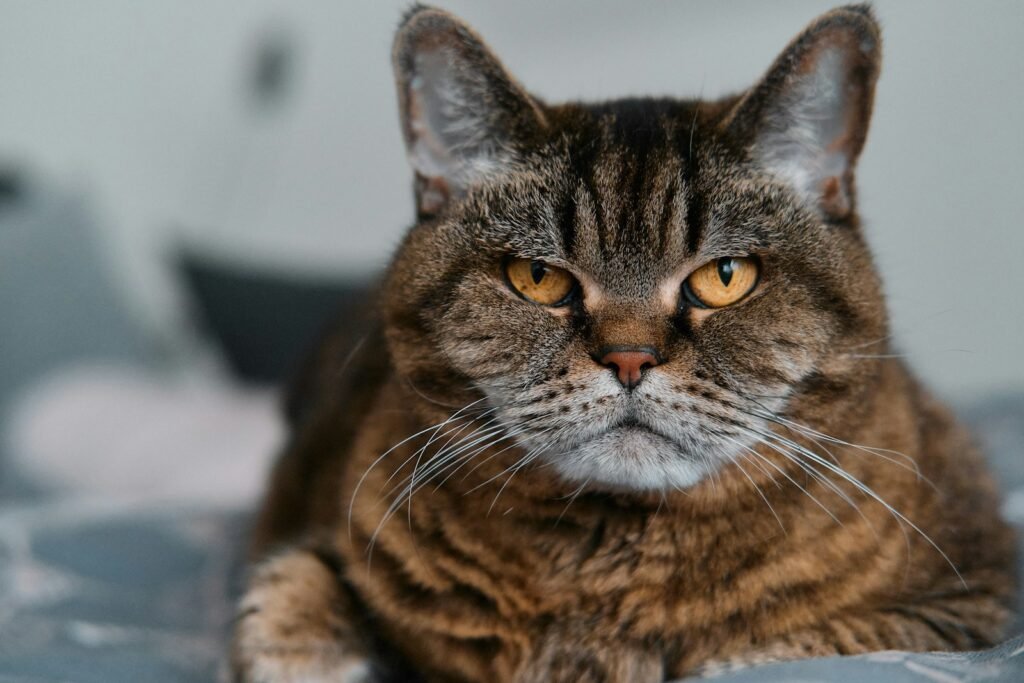
Melanin plays a crucial role not only in determining a cat’s coat color but also in affecting the shade. Higher concentrations of eumelanin lead to darker shades, such as black, whereas lower levels produce lighter hues, like chocolate or cinnamon. The rarest coat colors often result from specific genetic combinations that alter melanin distribution.
The Majestic Albino Cat
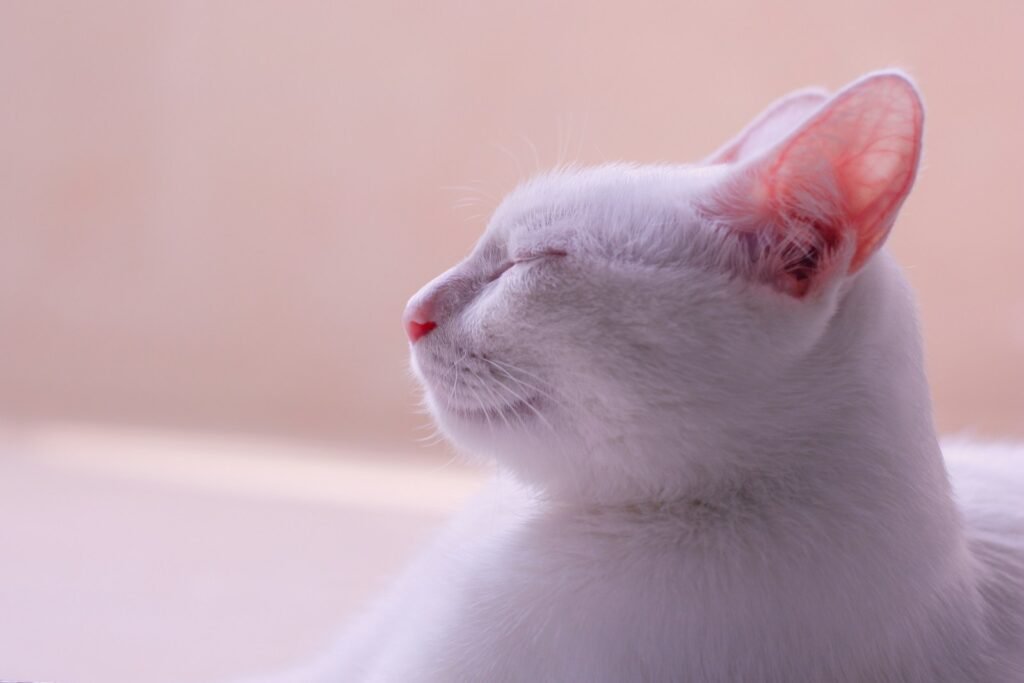
Albino cats are among the rarest, characterized by their lack of pigmentation. These cats result from a genetic mutation that disrupts melanin production, causing their coats to appear pure white, often accompanied by pale blue or pink-tinted eyes. Albino cats are sensitive to sunlight due to their lack of protective pigments.
Enchanting Chinchilla and Shaded Coats

Chinchilla and shaded coats are elegant and rare, with a mostly white base and the tips of their fur carrying a few scattered pigments. This produces a shimmering or silver-like appearance. These cats, including breeds like the Chinchilla Persian, possess a unique beauty that makes them highly sought after.
Distinctive Cinnamon and Fawn
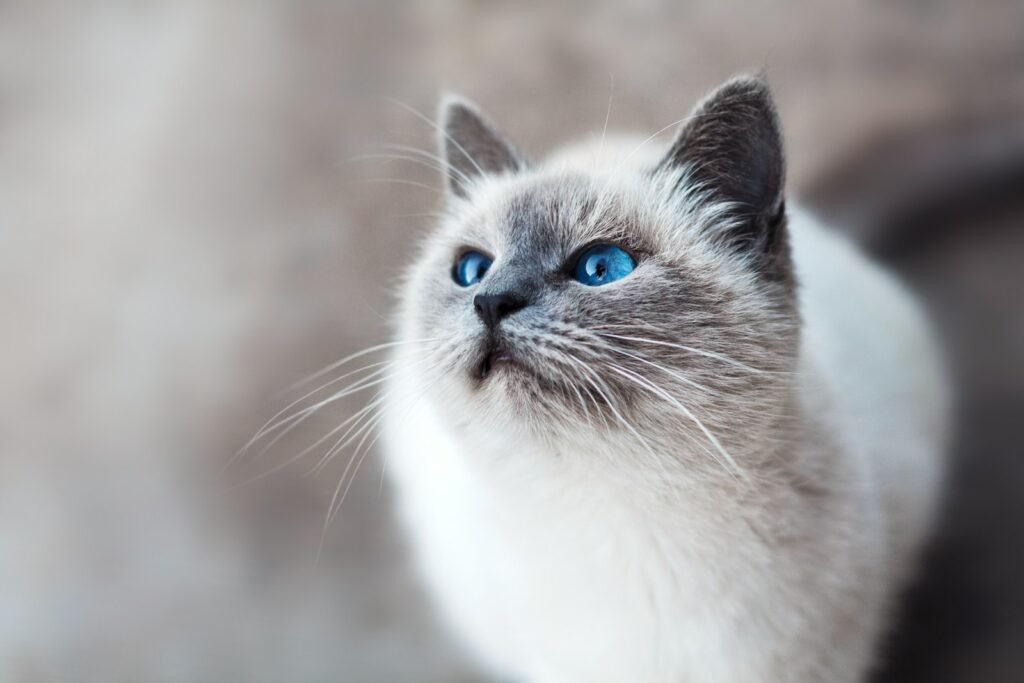
Cinnamon and fawn are two rare coat colors created by specific recessive genes that dilute the more dominant black and chocolate hues. Cinnamon offers a warm, light brown color, while fawn is further diluted, resulting in a pale beige tone. These shades are uncommon, adding to their exclusivity in the feline world.
Alluring Chocolate and Lilac
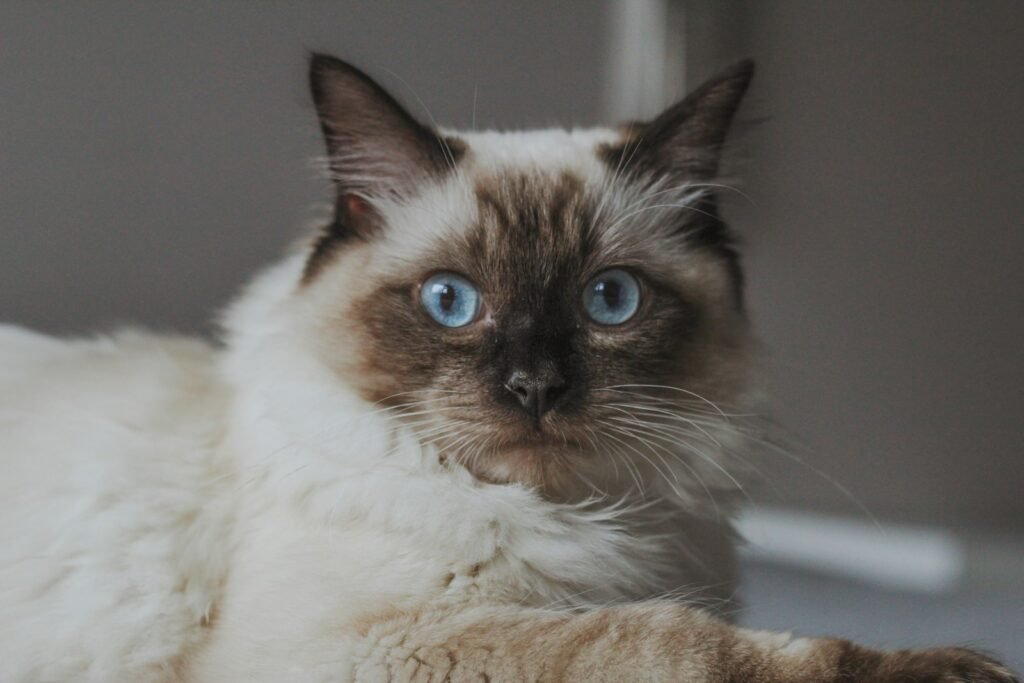
Chocolate and lilac (or lavender) coats are rarer variations of the black and blue colors. The chocolate hue is a rich, deep brown, while lilac expresses a muted lavender-gray. These colors stem from recessive genes and are uncommon compared to standard black and blue hues in domestic cats.
Mystical Blue-Cream and Tortie-Point
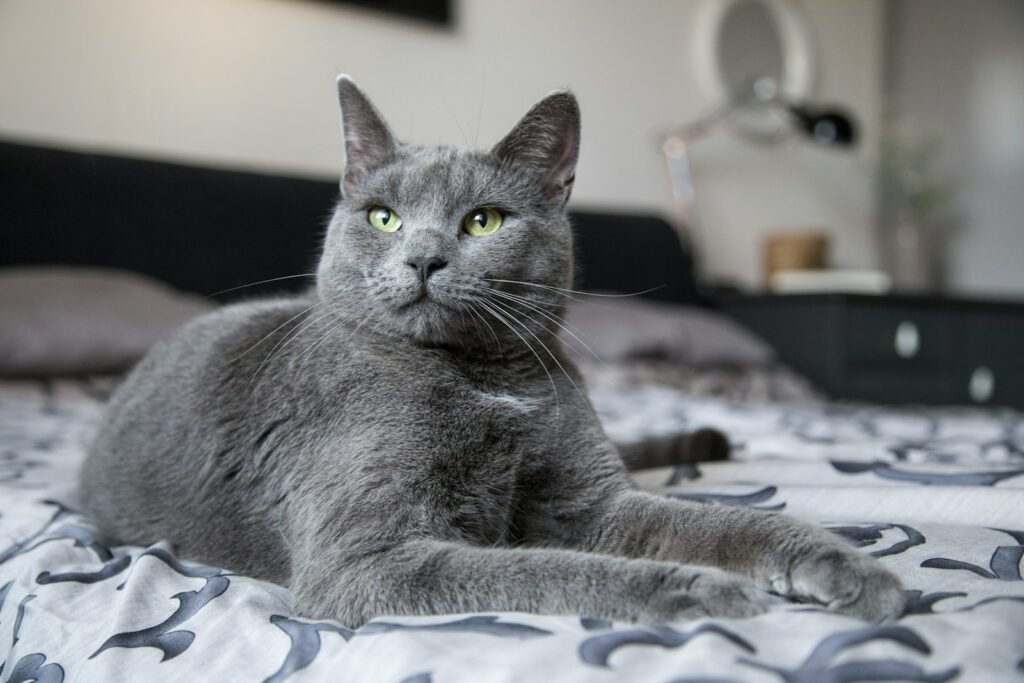
Blue-cream and tortie-point coats blend various colors, creating an ethereal appearance. Blue-cream cats display a mix of cream, blue, and silver, while tortie-point cats combine tortoiseshell patterns with point coloration, often seen in breeds like the Siamese. These complex genetic combinations contribute to their scarcity.
Unique Caramel and Apricot
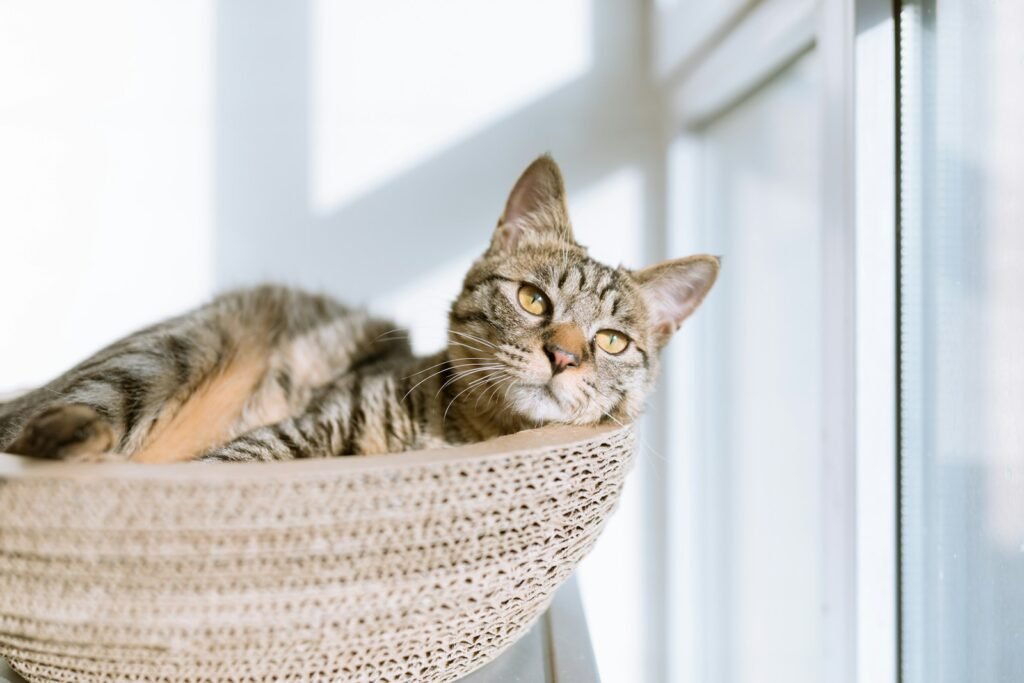
Caramel and apricot boast dilution-modifier genes that affect more common colors like blue, lilac, and cinnamon. Caramel showcases a warm, muted brown hue, while apricot offers a soft, peach-toned look. These colors are rare, owing to the specific genetic combinations required for their manifestation.
Intriguing Tortoiseshell and Calico Patterns
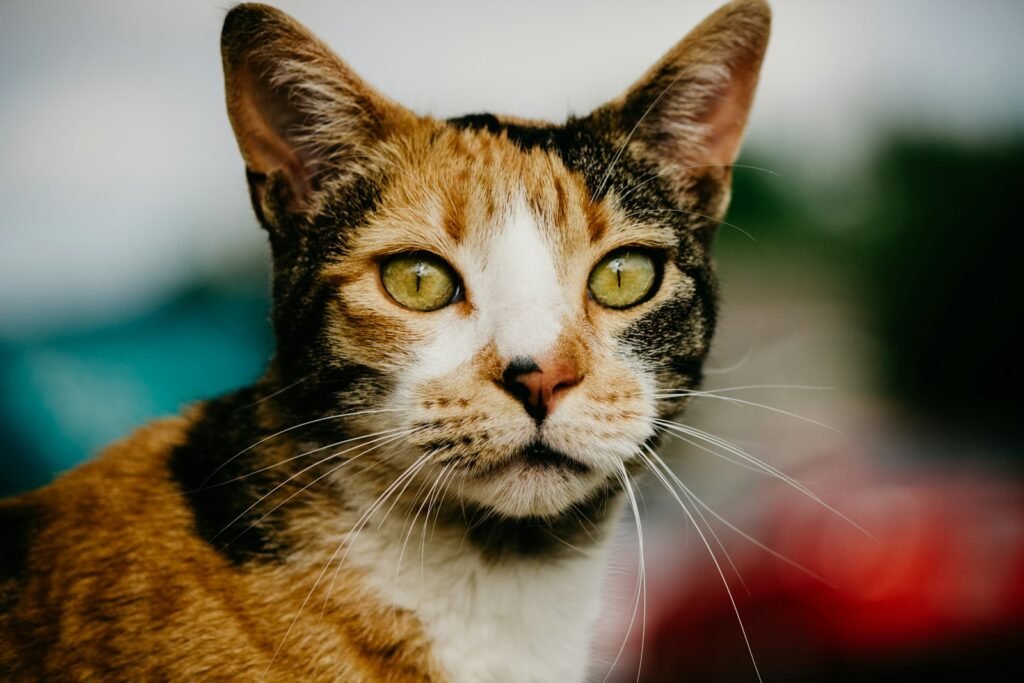
Tortoiseshell and calico patterns are not colors but unique combinations of black, orange, and white. While not rarer than the colors themselves, the patchwork patterns and distribution are notable, making each cat with these markings unique. Females primarily exhibit these patterns due to the X-linked nature of their inheritance.
Conclusion: Appreciating the Diversity of Cat Coats
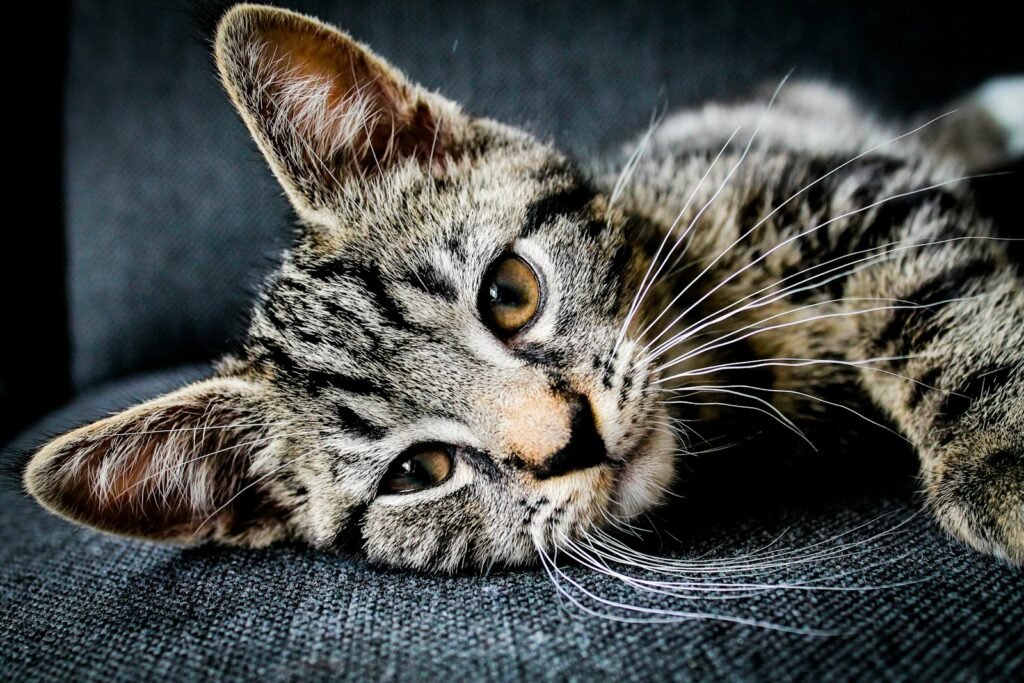
The rare coat colors of domestic cats not only highlight the vast diversity within feline genetics but also cater to the intrigue and passion of cat lovers globally. While possessing a rare-colored cat is certainly special, appreciating the broader spectrum of feline beauty reminds us of the amazing variety Mother Nature has to offer.

Growing up traveling and experiencing new cultures and wonders, I have had a passion for nature, adventuring, photography, and videography. I am currently working towards a BSc in Biodiversity and Ecology at Stellenbosch University, and I hope to specialise in Marine Sciences one day.
Please send any feedback to Feedback@animalsaroundtheglobe.com






